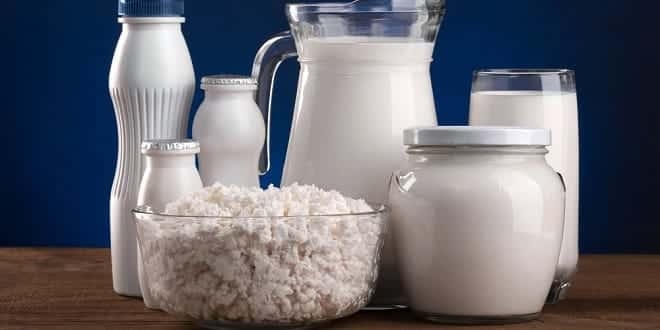CIP Cleaning Guidelines
CIP CLEANING GUIDELINES
In order to provide a high quality milk to the marketplace a pipeline milking system must clean up perfectly after each milking. The ability to clean a pipeline milking system depends on these factors:
1. Adequate hot water
2. Proper engineering & system design
3. Adequate surface contact by the chemical solution
HOT WATER NEEDS:
Due to OSHA rules a household heater may not deliver water at a temperature greater than 140°F. For this reason a dairy farm will be required to use a commercial electric, gas or oil fired water to meet its’ hot water requirements. It is recommended that electric hot water heaters be quipped with two 6000 KW heating elements if they are available. The actual amount of 165°F hot water available from any hot water heater is about 70% of its’ capacity. Thus an 80 gallon water heater will only provide 56 gallons of 165°F hot water when it is needed to clean the milk pipeline and the bulk milk tank. Each water heater has a recovery rate based on a rise in heat per hour. Michigan Dairy Laws require the hot water needs to be calculated for each dairy farm. Most modern automatic washers have three cycles. Warm rinse, hot wash, and cold or warm acid rinse. The warm rinses are usually at a temperature of 95°F to 110°F. The hot wash is normally 165°F or hotter.
HOT WATER FOR BULK TANK WASH
Water needed for a bulk milk tank will vary according to size and manufacturer. Check with the dealer or operator’s manual for actual water volumes and temperature of each cycle.
…




